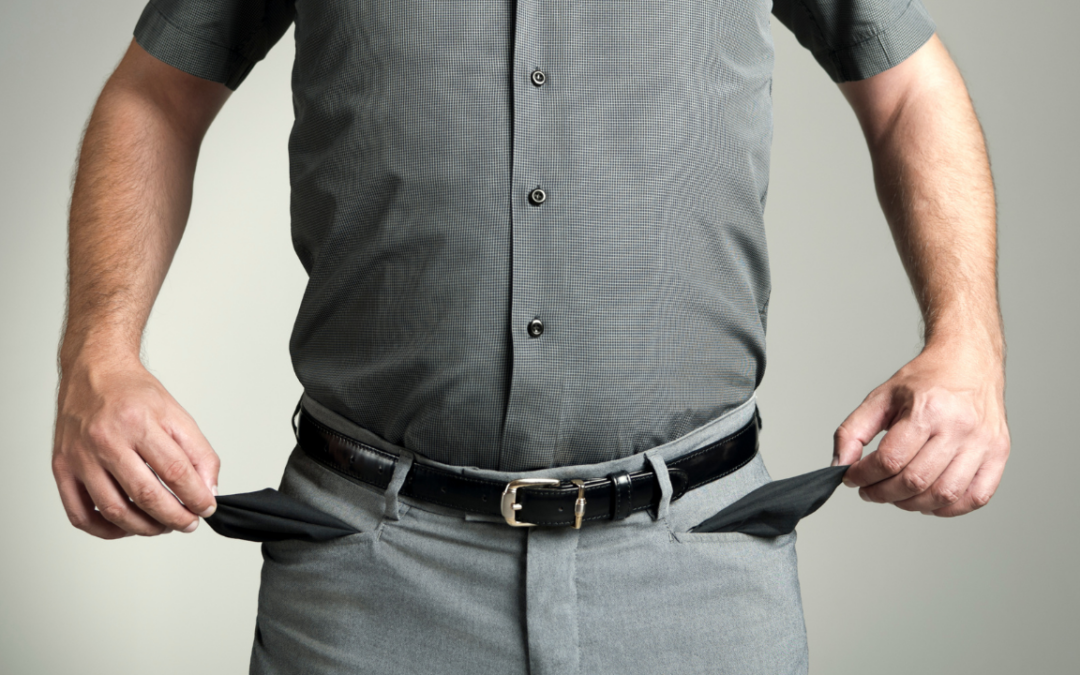In today’s unpredictable economic climate, financial hardships can strike anyone at any time. The burden of mounting debts, unmanageable expenses, and creditor pressure can be overwhelming. However, bankruptcy offers a potential solution to individuals and businesses struggling to regain control of their finances. In this blog post, we will explore the concept of bankruptcy, its different types, and how it works as a lifeline in times of financial crisis.
What is Bankruptcy?
Bankruptcy is a legal process that provides individuals and businesses with an opportunity to eliminate or restructure their debts when they are unable to meet their financial obligations. It aims to provide relief to debtors while ensuring fair treatment for creditors.
Types of Bankruptcy:
Chapter 7 Bankruptcy
Also known as “liquidation bankruptcy,” this type involves the sale of non-exempt assets to repay creditors. Once the assets are sold, most remaining debts are discharged, allowing debtors to make a fresh start.
Chapter 13 Bankruptcy
Commonly referred to as “reorganization bankruptcy,” this type allows individuals with regular income to create a repayment plan over three to five years. Debtors can retain their assets while making affordable monthly payments to creditors.
How Does Bankruptcy Work?
Filing for Bankruptcy
To initiate the bankruptcy process, debtors must file a petition in the appropriate federal court. This petition includes financial information, a list of assets, liabilities, income, and expenses. Once filed, an automatic stay is imposed, preventing creditors from taking further collection actions.
Meeting of Creditors
Debtors are required to attend a meeting with their creditors, known as the “341 meeting.” During this meeting, the bankruptcy trustee and creditors have the opportunity to ask questions about the debtor’s financial situation.
Asset Liquidation or Repayment Plan
In Chapter 7 bankruptcy, non-exempt assets are sold to repay creditors. In Chapter 13 bankruptcy, debtors work with their attorney to propose a repayment plan, which must be approved by the court. The plan outlines how debts will be repaid over a specified period.
Discharge of Debts
Upon the successful completion of the bankruptcy process, eligible debts are discharged. This means that debtors are no longer legally obligated to repay them. However, certain debts, such as student loans and tax obligations, may not be dischargeable.
Benefits of Bankruptcy:
Fresh Start: Bankruptcy provides individuals and businesses with a chance to start over by eliminating or restructuring their debts.
Automatic Stay: The moment bankruptcy is filed, an automatic stay halts all collection actions, including foreclosure, wage garnishment, and creditor harassment.
Debt Management: Bankruptcy offers a structured approach to managing debts, allowing debtors to regain control of their financial situation.
Rebuilding Credit: While bankruptcy may initially impact credit scores, it also provides an opportunity to rebuild credit over time by demonstrating responsible financial behavior.
Bankruptcy serves as a lifeline for individuals and businesses drowning in debt. By understanding the types of bankruptcy available and how the process works, individuals can make informed decisions to regain control of their financial lives. It is essential to consult with a qualified bankruptcy attorney or financial advisor to explore all available options and determine the best course of action. Remember, bankruptcy is not a failure but rather a tool to help you overcome financial challenges and pave the way to a brighter future.


